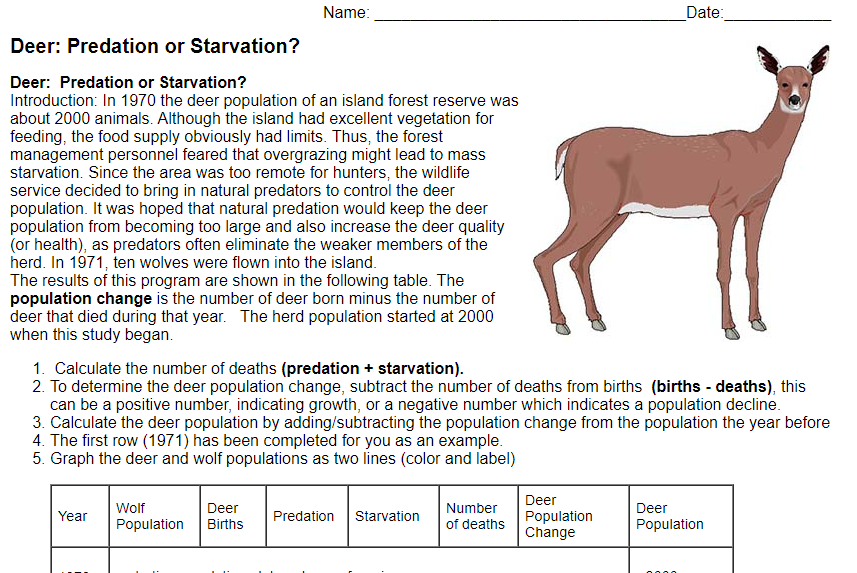Why can we see our breath in the cold?
In this SciShow video, students will gain a quick understanding as to why they can see their breath in cold air. The video discusses dew point, condensation, air masses, and condensation nuclei.
In this SciShow video, students will gain a quick understanding as to why they can see their breath in cold air. The video discusses dew point, condensation, air masses, and condensation nuclei.
In this video, students will see what your body converts fat too when it is burning fat. Your students will be surprised as to where your fat actually goes when you burn it. Lipids, Conservation of Mass, and Energy are also discussed in the video.
This video answer the questions, "Why do joints pop and crack?." In the video, they will discuss the anatomy of a joint, how it is used, and why you can hear it.
This video does a great job discussing and showing the processes of coastal beach and rock formations. The video also discusses a little bit about ocean wave formation.
This video visually discusses what ecosystems and biomes are. The video is 16 minutes long. It talks about the 7 major biomes on Earth, arctic, coniferous forest, deciduous forest, desert, grasslands, aquatic, and the rainforests. Permafrost and savanna are also discussed. At the very end of the video, the narrator demonstrates how to make a terrarium.
This is a visually appealing and dramatic video that introduces your students to the study of biomes. This is a great video to show as you get started on a new unit of ecology.
In this video, the definition of an ecosystem is visually demonstrated and discussed as well as the different biomes. This is a good introduction to your unit on ecosystems and biomes.
With this video, students will learn about how energy and matter get transferred through different organisms via the food chain. Sun Energy, Producers, Primary Consumers, Herbivores, Secondary Consumers, Carnivores, Tertiary Consumers, Top/Apex Predators, and The Ten Percent Rule are all discussed and explained in this video.
In this video symbiotic relationships are discussed. The video does a great job detailing the relationships between symbiotic organisms, mutualism, commensalism, and parasitism. As part of the discussion, the symbiotic relationship of the clownfish and sea anemone are explored.

In this lab, students will create a digital table and a graph-based on information about the interactions of wolves and deer living on an island. This is a lab that was adapted from the Biology Corner website.
https://www.biologycorner.com/worksheets/predator_prey_graphing.html